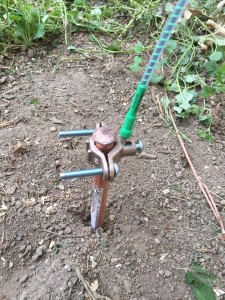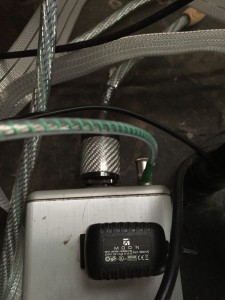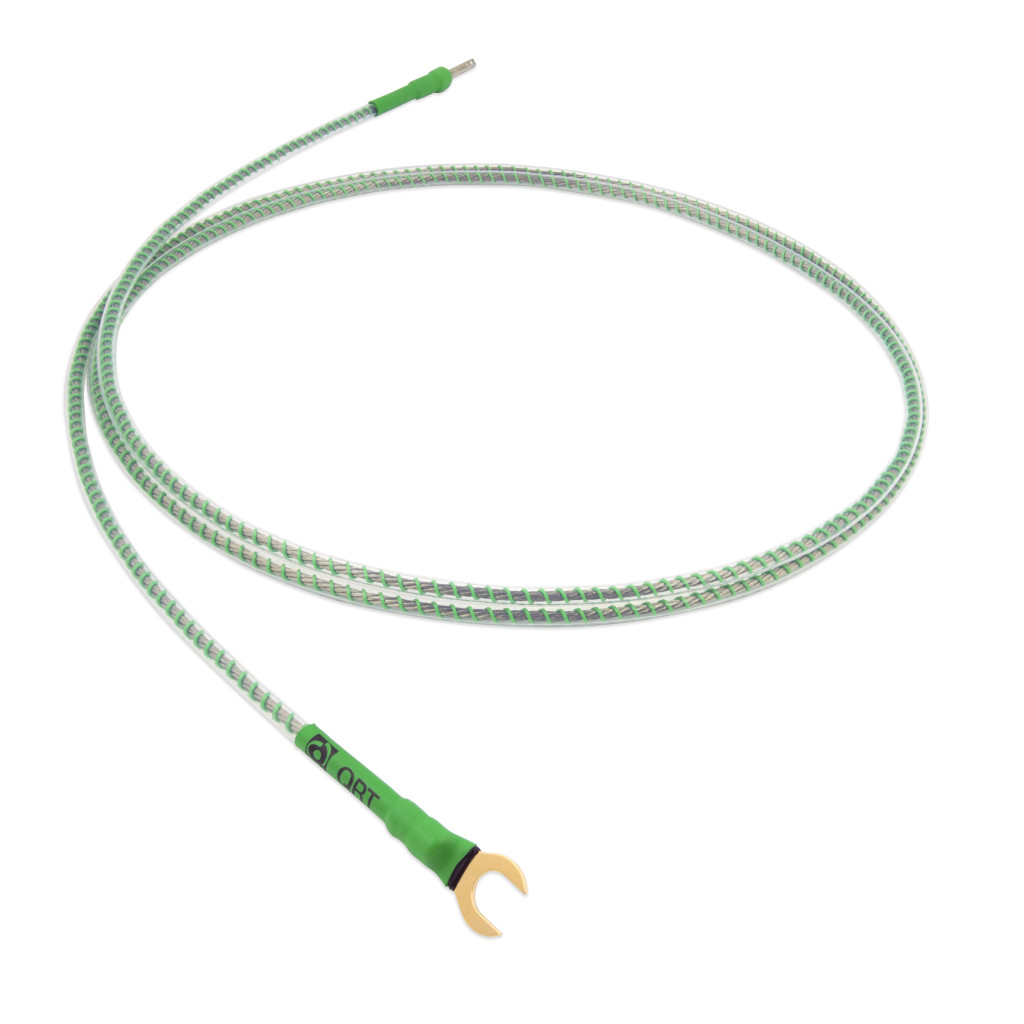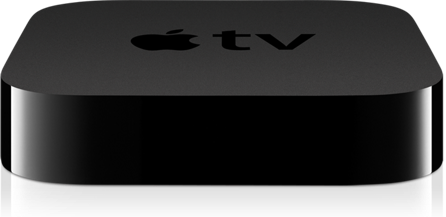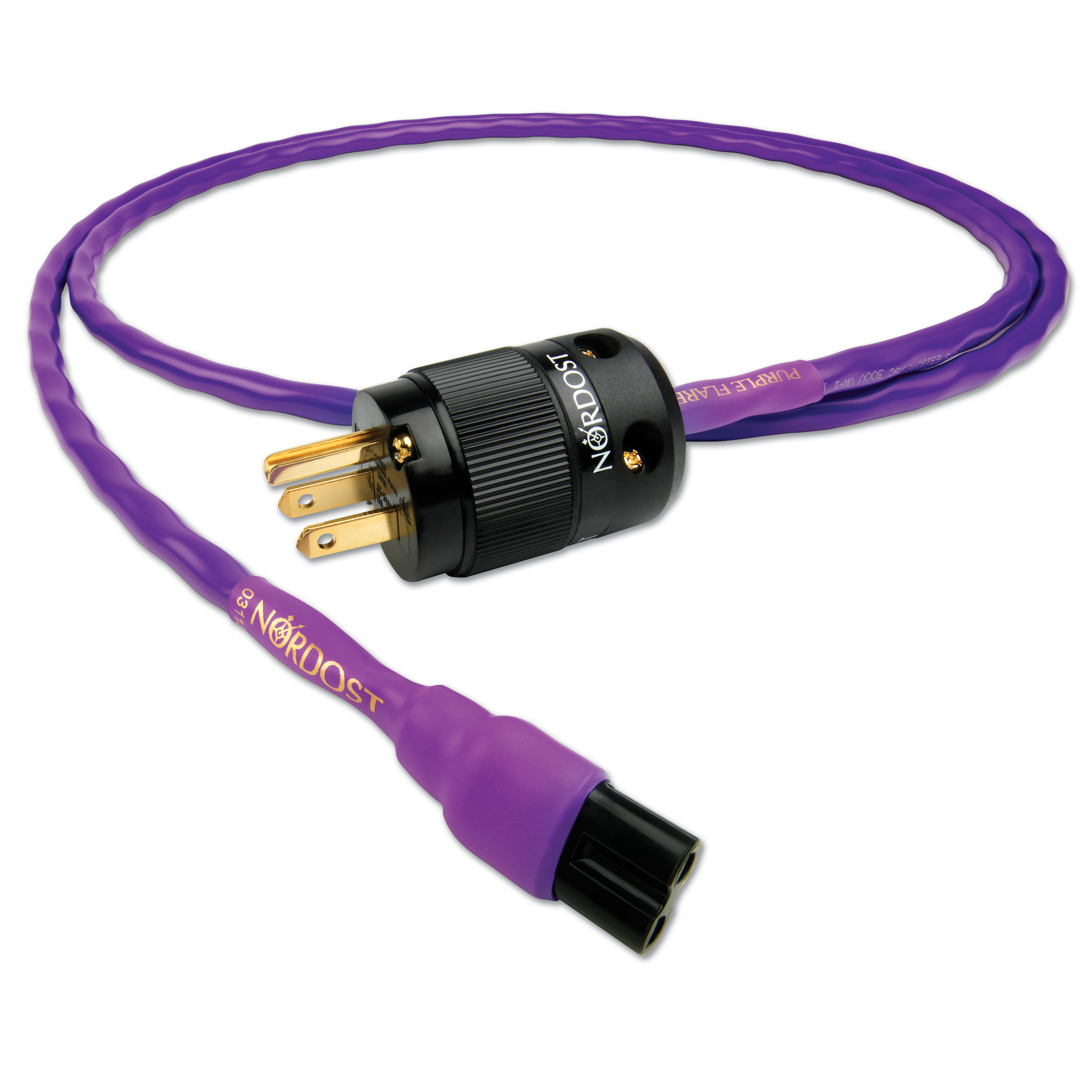Video Vibes: Image quality worthy of an audiophile
By Anthony Chiarella
We audiophiles are a strange bunch. When it comes to sound, we obsess over every detail of our HiFi systems, moving speakers half an inch at a time, adjusting toe-in by fractions of a degree, using micrometers, jewelers’ scales and USB Microscopes to precisely calibrate our turntables and spirit levels in order to optimize our equipment racks. We spend a fortune on items that, to the uninitiated, seem to be minutiae, because experience has taught us that EVERYTHING influences sound quality. And yet, when it comes to video, we suddenly become misers. Lazy misers, at that!
Think about it: How many hardcore audiophiles apply the same rigor to video performance as they do to audio? Audiophiles either don’t care about video performance or they don’t think they can do anything to improve it…and nothing could be further from the truth! Anyone who owns a projector knows the importance of proper video calibration. Years ago, Joe Kane and ISF (Imaging Science Foundation) developed effective calibration standards for all video display devices — CRTs, DLPs, Projectors, Plasmas, etc.— and any dealer that sells quality home theater products insists on careful calibration and optimization of the video systems they install.
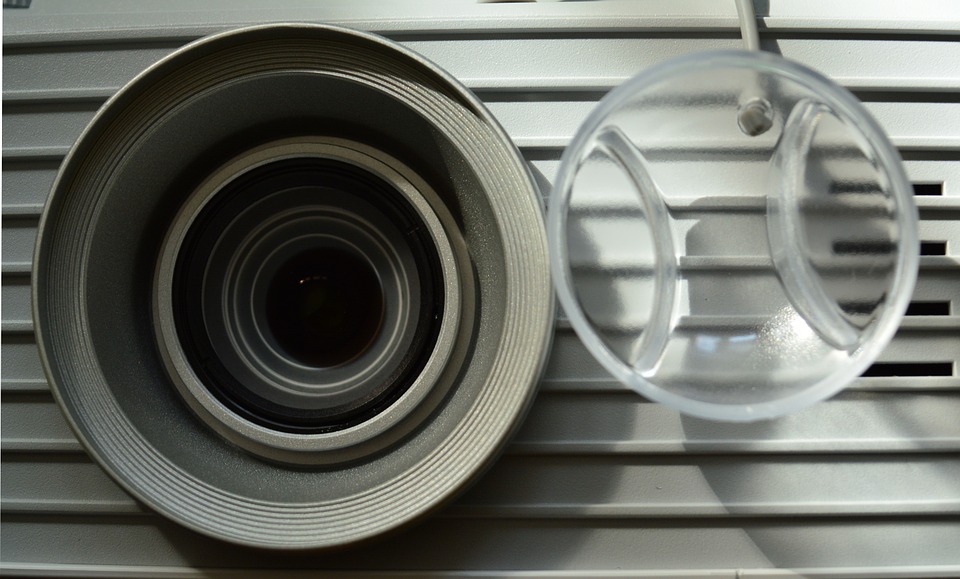
The point of all this, of course, is that image quality DOES matter, and that careful tuning can provide significant enhancements in video performance. When it comes to “Bang for the buck,” the most profound improvements come from upgrading your High Definition Cables.
If you’re reading this blog, you already know the impact that changing interconnects or speaker cables can have on the sound of your system. An audio cable has to deal with two basic parameters: frequency and amplitude. The audio bandwidth spans 20,000 cycles, which means that an interconnect must carry two (stereo) channels of 20 kHz bandwidth. By comparison, the bandwidth of a Hi-Def video signal is 6GHz. That’s 6,000,000,000 Hz, or about Three Thousand Times the bandwidth of an audio signal! And that’s not the whole story: whereas an audio cable carries two channels of data, an HDMI cable carries three High Speed Digital Signaling Channels, eleven Channels of full-range Audio (plus LFE), as well as a TDMS Clock Channel, and a Data Display Channel (DDC), not to mention FIVE grounds! Of course, all of these various signals must travel the length of the cable in perfect synchronization and arrive at precisely the same instant in time. Obviously, the job description of an HDMI cable is far more complicated—and far more demanding—than that of an audio cable. So, why haven’t video connoisseurs been investing in better cables the way audiophiles have been doing for the past 40 years?
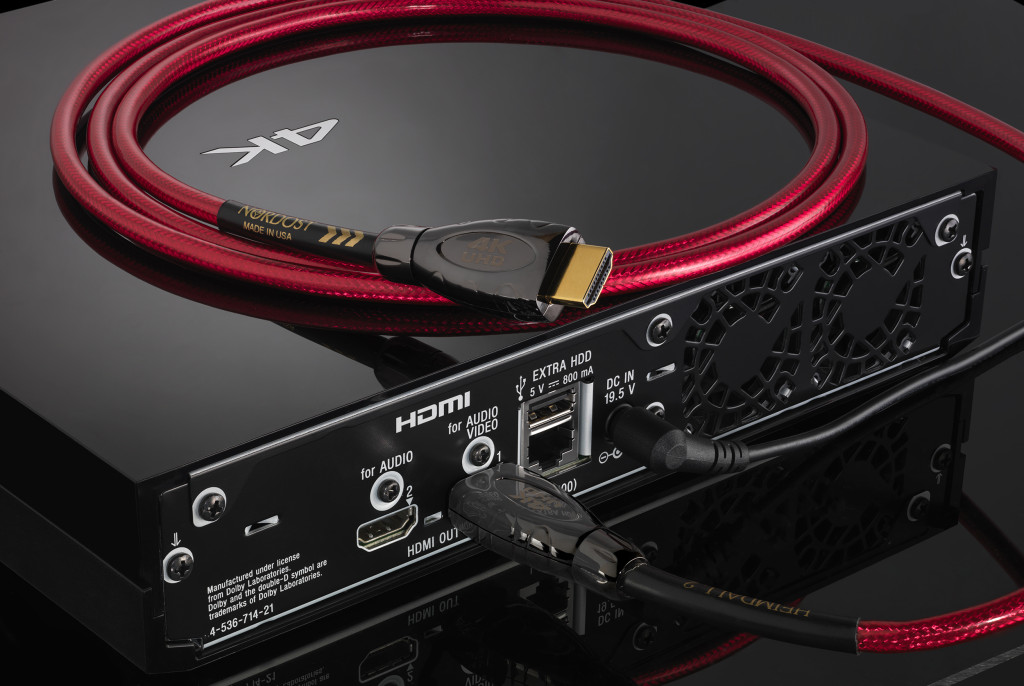
The problem is that, until recently, most HDMI cables have been indistinguishable from each other. Made in enormous Asian factories, generic HDMI cables are designed and manufactured to the lowest common denominator, with cost, not quality, as the overriding concern. All of which explains why Nordost HDMI cables are the ONLY choice for quality and performance. The same philosophies that Nordost applies to their audio cables—conductor design, material quality, mechanical and electrical isolation, dielectric optimization, ultra-wide bandwidth, and precision manufacturing—make Nordost HDMI cables the world’s finest. Need proof? DPL Labs, an independent testing facility that has developed standards for HDMI cables, has certified that all Nordost HDMI cables achieve the highest possible level of performance.
Available in three grades—Blue Heaven, Heimdall 2 and Valhalla 2—Nordost HDMI and 4K UHD cables are precision-manufactured in the USA from the finest materials available. All feature Micro-Monofilament dielectrics, silver-plated Oxygen Free Copper (OFC) conductors and DPL High Speed Certification. Most importantly, however, these three Nordost AV cables share one unique feature: each offers a cost-effective means of elevating your Audio/Video system to new and higher levels of performance. Try one and you’ll see…and hear!
LEARN MORE:

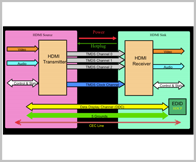
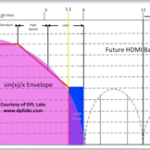


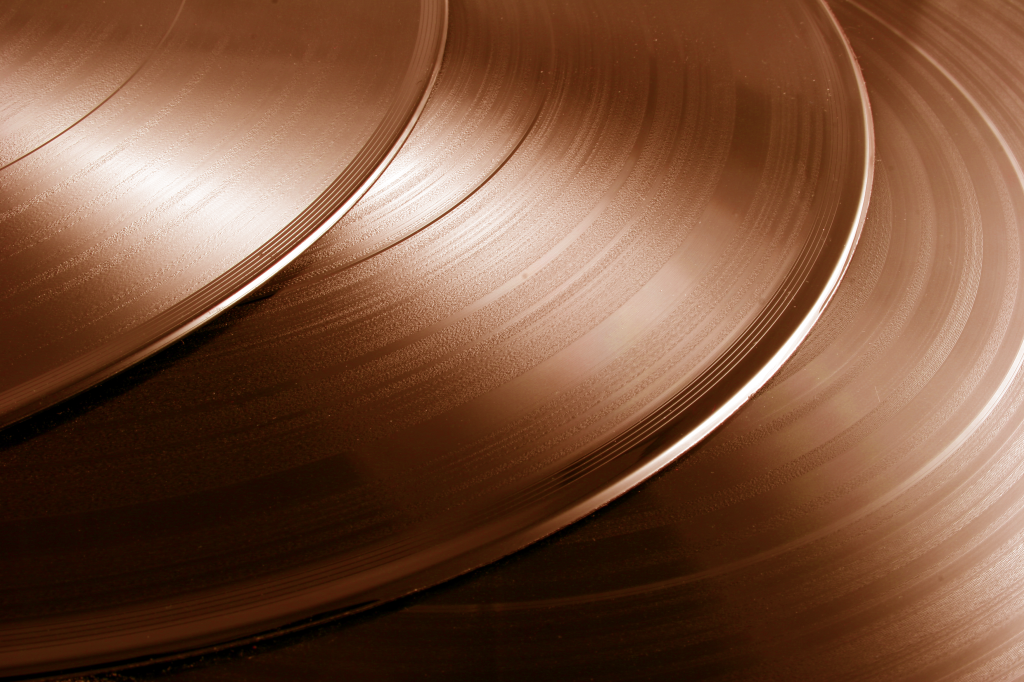
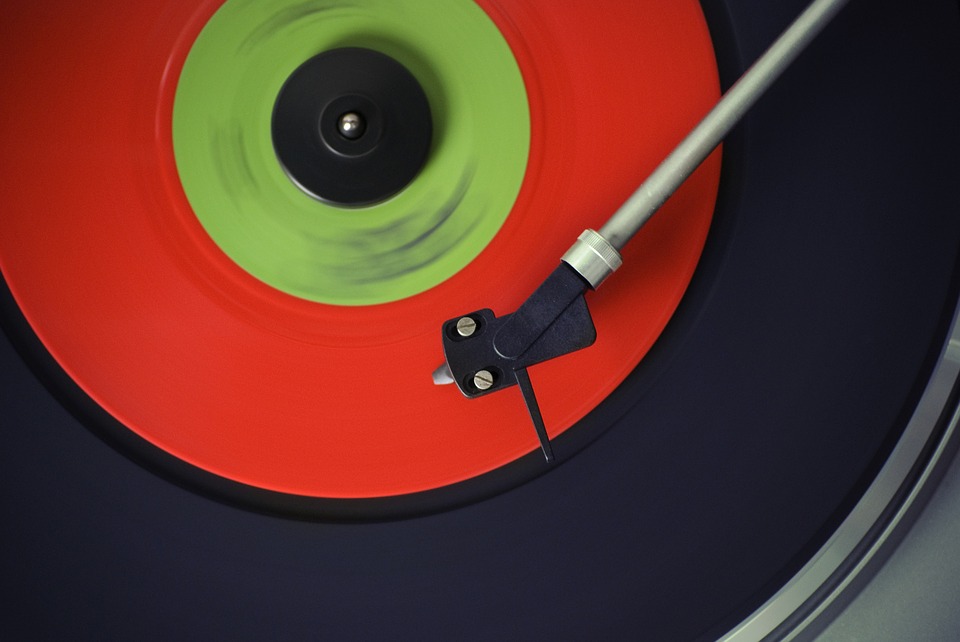
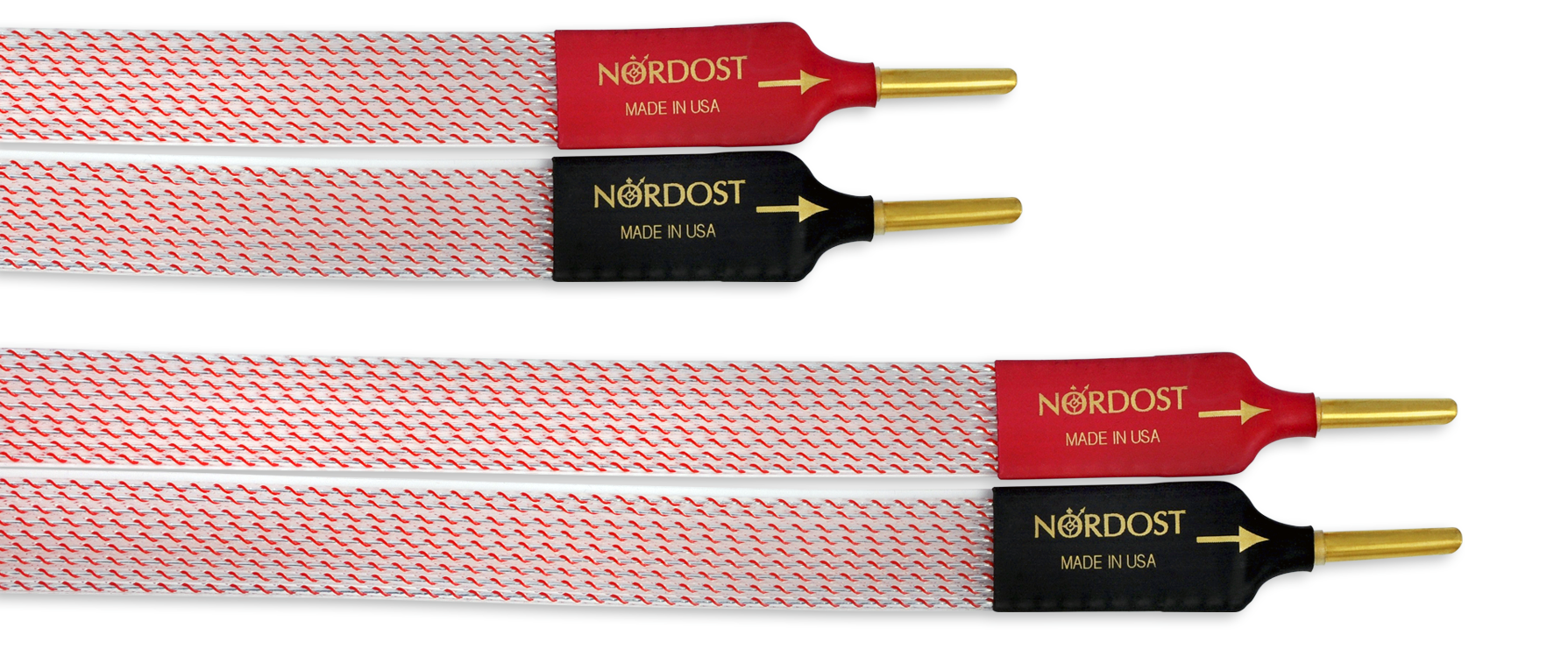
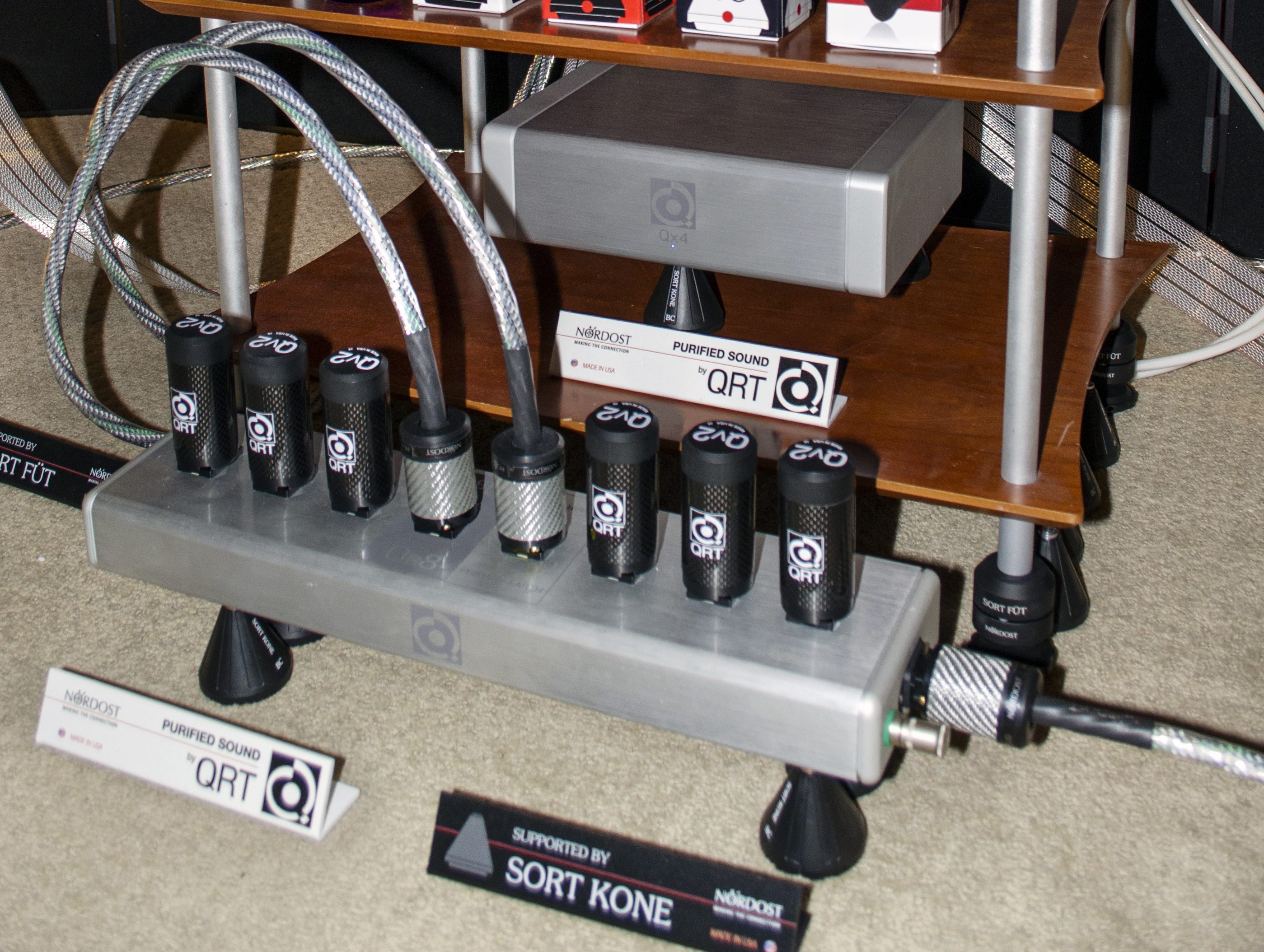
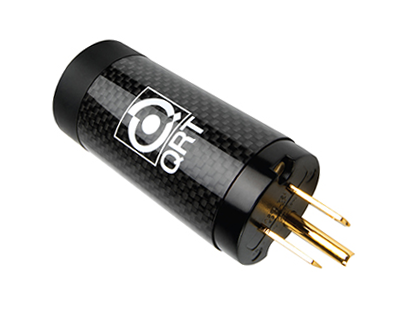
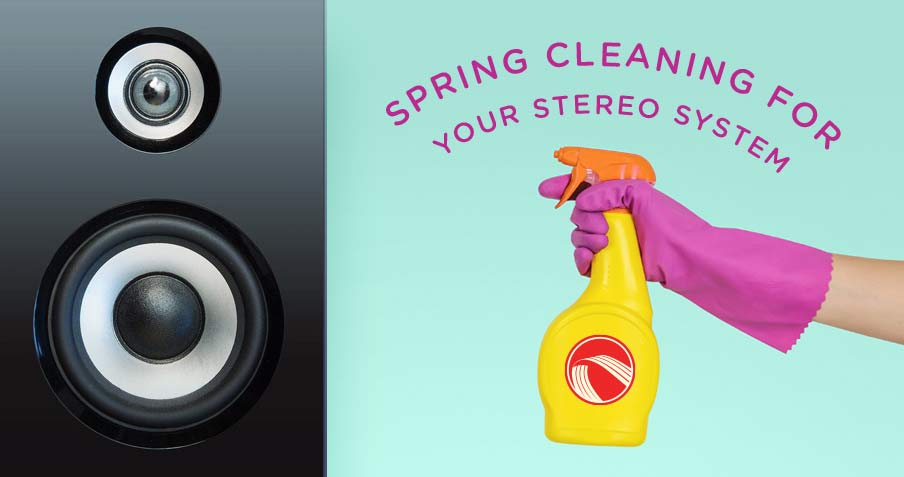
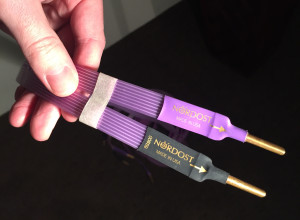
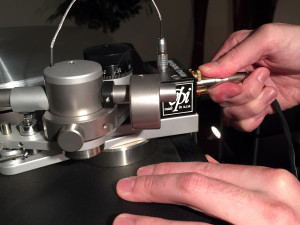
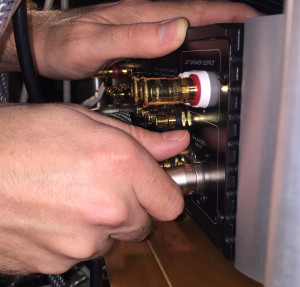
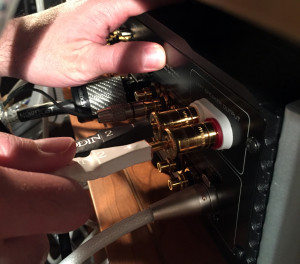
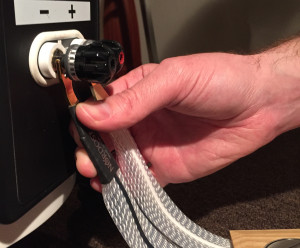
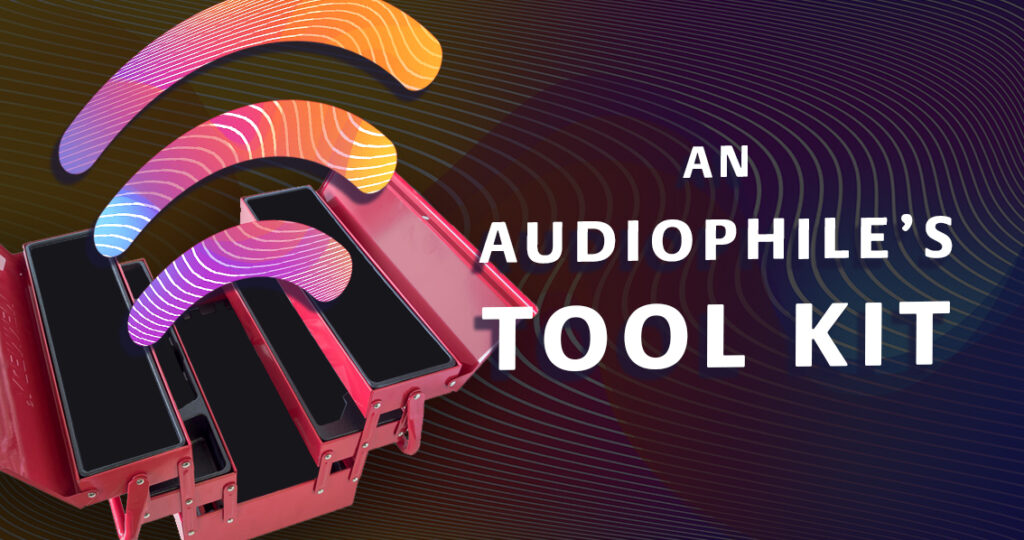

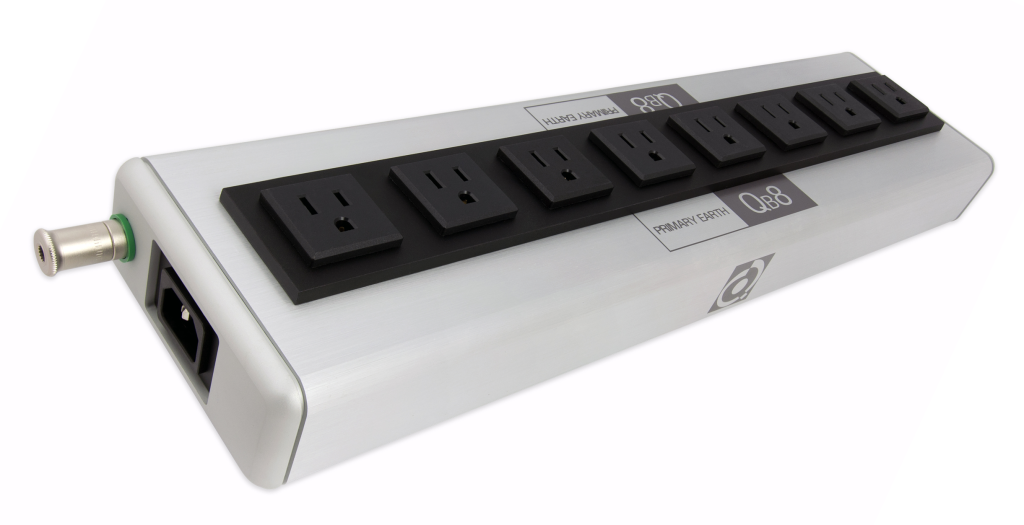
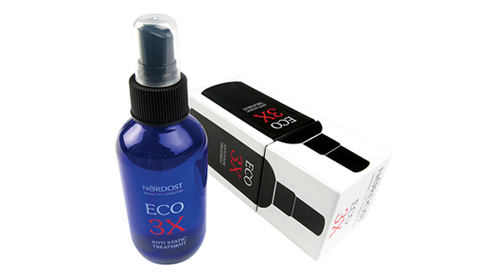
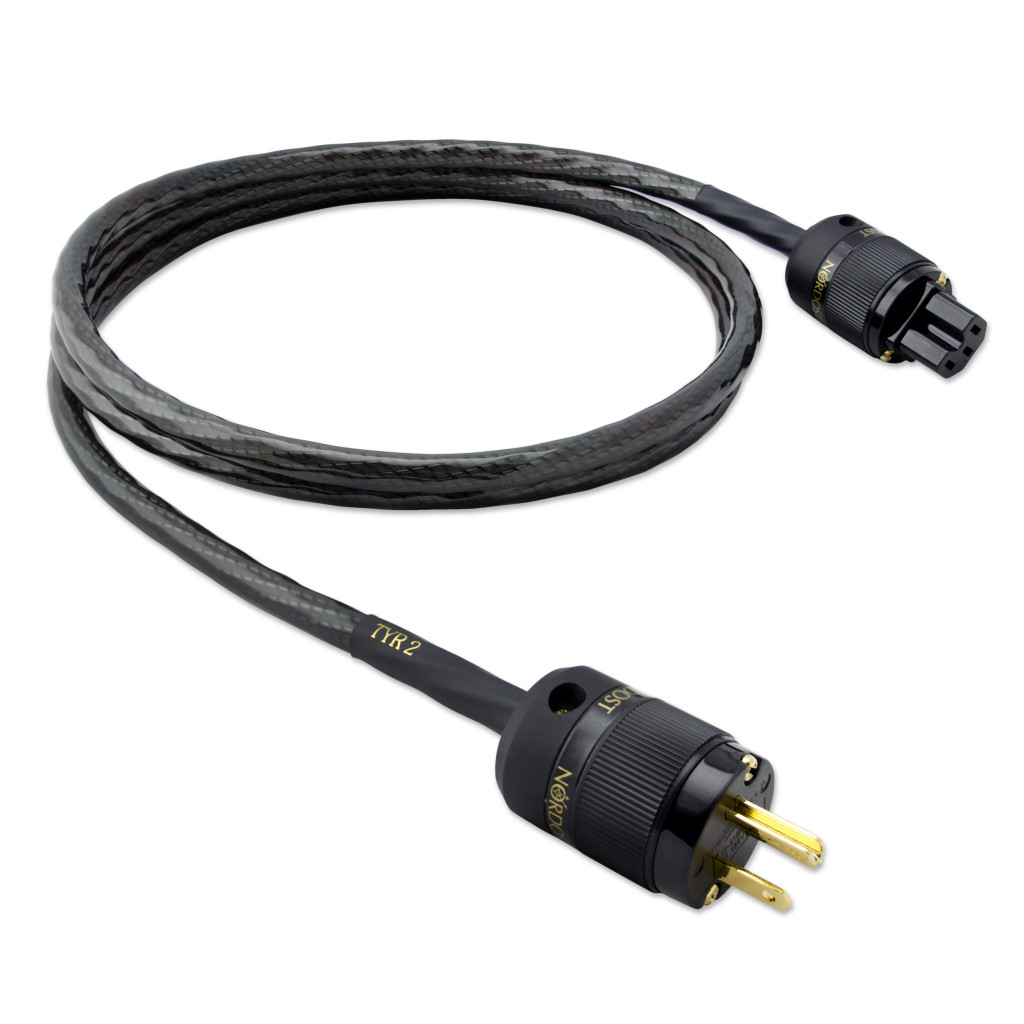
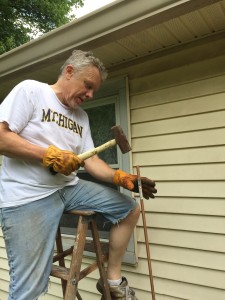 After a quick inspection, I found it would be easy to use an existing intrusion into the house from an incoming cable line that was right behind my Nordost Q
After a quick inspection, I found it would be easy to use an existing intrusion into the house from an incoming cable line that was right behind my Nordost Q